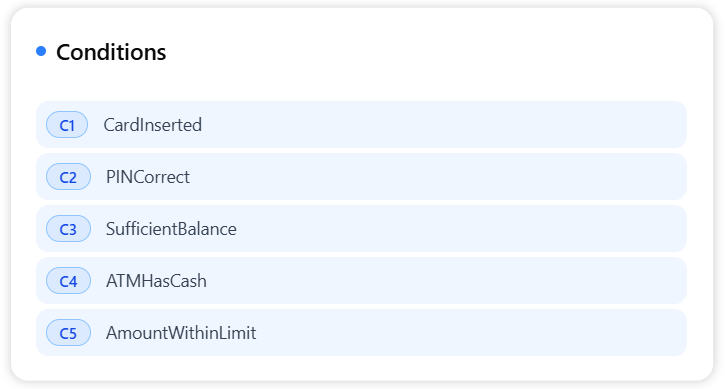Now Reading: The Basics of Scenario Analysis: Why It Matters for Better Software Testing
-
01
The Basics of Scenario Analysis: Why It Matters for Better Software Testing
The Basics of Scenario Analysis: Why It Matters for Better Software Testing
Scenario analysis is all about asking “what if?” It’s a method for exploring every possible path a user could take in a use case, from the perfect happy path to every unexpected error and alternative route. By doing this, you can make sure your software is robust and reliable, no matter what happens.
Breaking It Down: The Types of Scenarios
Scenarios generally fall into three categories. Let’s use an e-commerce checkout process as an example:
Normal (or “Happy Path”) Scenarios
This is the ideal path where everything goes right.
Example: A customer adds an item to their cart, enters a valid credit card, and the purchase is successful.
Alternative Scenarios
These are valid, but less common, paths that still lead to a successful outcome.
Example: A customer uses a gift card and a credit card to pay for their order. The payment is successful, but the steps are slightly different.
Error Scenarios
This is when something goes wrong, and the system must handle it gracefully.
Example: A customer tries to check out, but their credit card is declined. The system should show an error message and give them a chance to try again.
Why Scenario Analysis is So Important
By proactively thinking about every “what-if” situation, you can:
- Uncover Hidden Issues: You’ll find bugs and potential flaws that a simple test might miss.
- Improve Reliability: Your software will be more resilient to real-world user behavior and unexpected events.
- Form Better Test Cases: Each scenario becomes a clear, direct blueprint for a specific test, making your testing more thorough and complete.
From Manual to Automated Analysis
Traditionally, you’d analyze use cases and brainstorm scenarios manually, which can be time-consuming and prone to human error. But what if you could automate that process?
Our Use Case Scenario Analyzer takes your detailed use case description—which you can write directly in the text area, paste, or generate with our other AI app—and automatically performs this “what-if” analysis for you.
How the Analyzer Works
The app delivers its analysis in a clear, comprehensive Decision Matrix with three main parts:
Conditions
A list of all the preconditions and factors that can influence the use case outcome.
Actions
A list of all the possible results or system behaviors that can occur.
Decision Matrix
A table that maps every possible scenario (e.g., “insufficient balance” or “incorrect password”) to its corresponding conditions and actions. This gives you a complete picture of every possible “what-if” outcome, all in one place.


